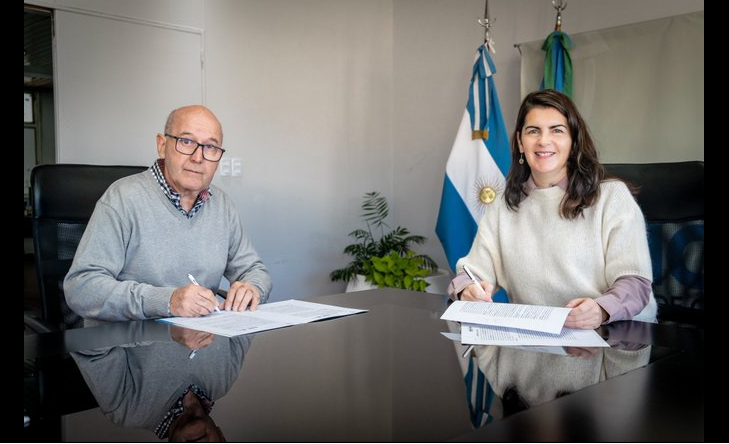The CEO of Tesla and Spacex wants to join those who seek to end the debris that threatens satellites and spacecraft in space. And you already have an idea. Put your ship to “eat” the wandering objects.
Elon Musk’s strange plan to take out garbage in space.
Elon Musk followed the challenge thrown at him on Twitter to end space junk and advanced a solution: His starship could solve the problem. It was enough to use the mobile door of the fairing to “eat” the waste that is released in our atmosphere, responded the Founder of Tesla and SpaceX.
Yes, we can fly Starship through space and chew on debris with the moving fairing door.
– Elon Musk (@elonmusk) July 3, 2021
The thousands of objects and debris that orbit the Earth, at least since the Sputnik rocket went up into space in 1957, end up endangering all 7,389 satellites (according to UNOOSA data) and also the spacecraft of space missions with a collision risk estimated at 45%, according to a study published in Science Direct. Musk is a stakeholder: he is part of the problem and now he wants to integrate the solution: The CEO of SpaceX has 1,740 communication satellites in space.
Using a process very similar to the way blue whales feed, Musk’s idea is to use the fairing, 9 meters in diameter internal volume and more than 1,100 m3, of Starship’s shell-shaped structure, to grab all these wandering objects. The ship has the largest storage capacity in history, being eight times that of Crew Dragon.
There are a number of agencies and companies involved in solving this problem, which affects all satellites, such as the European Space Agency, which proposes a structure that can completely disintegrate when it enters the atmosphere. To this end, the European agency has also partnered with the Swiss company ClearSpace that will initially present results in 2025, with the construction of a spacecraft equipped with mechanical tentacles, whose purpose will be to grab the debris and remove it from its orbit.
Despite demonstrating its success in 2018 and needing more funding, the RemoveDEBRIS project was also intended as a viable, networked system to collect this space debris. The Japanese company Astroscale presents the deployment in satellites of mechanical anchors that facilitate the collection of these same waste.
The economist Matthew Burgess also proposes a solution in which he calls on the responsibility of operators to keep space clean, proposing the creation of an annual rate of use of the orbit estimated at 235,000 dollars (about 199,370 euros).





